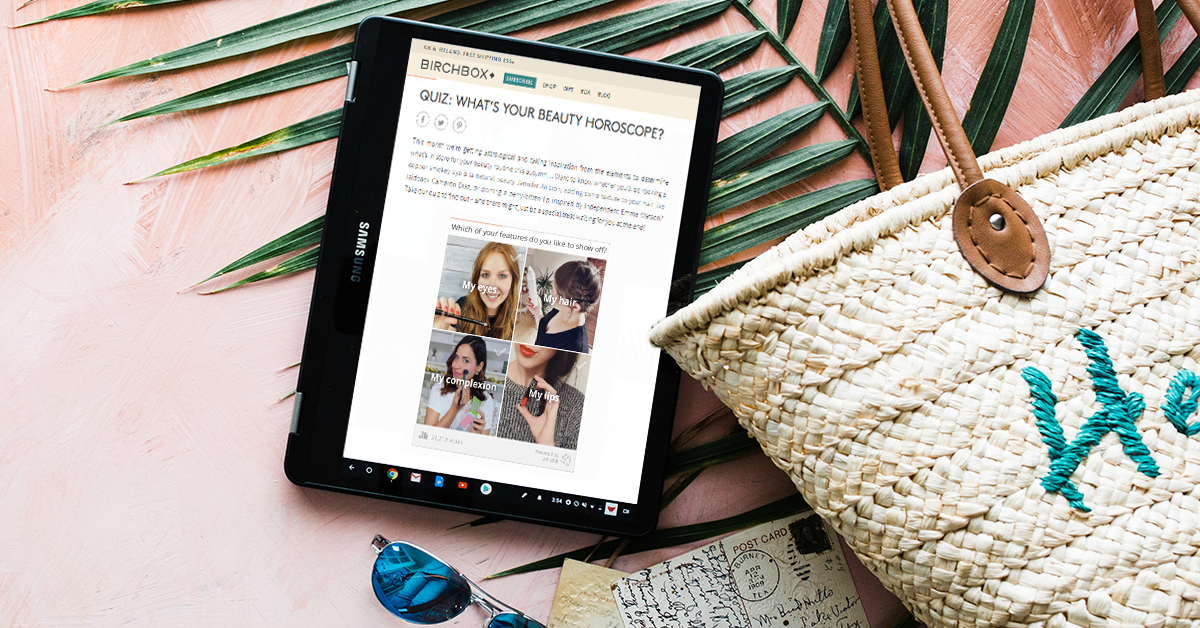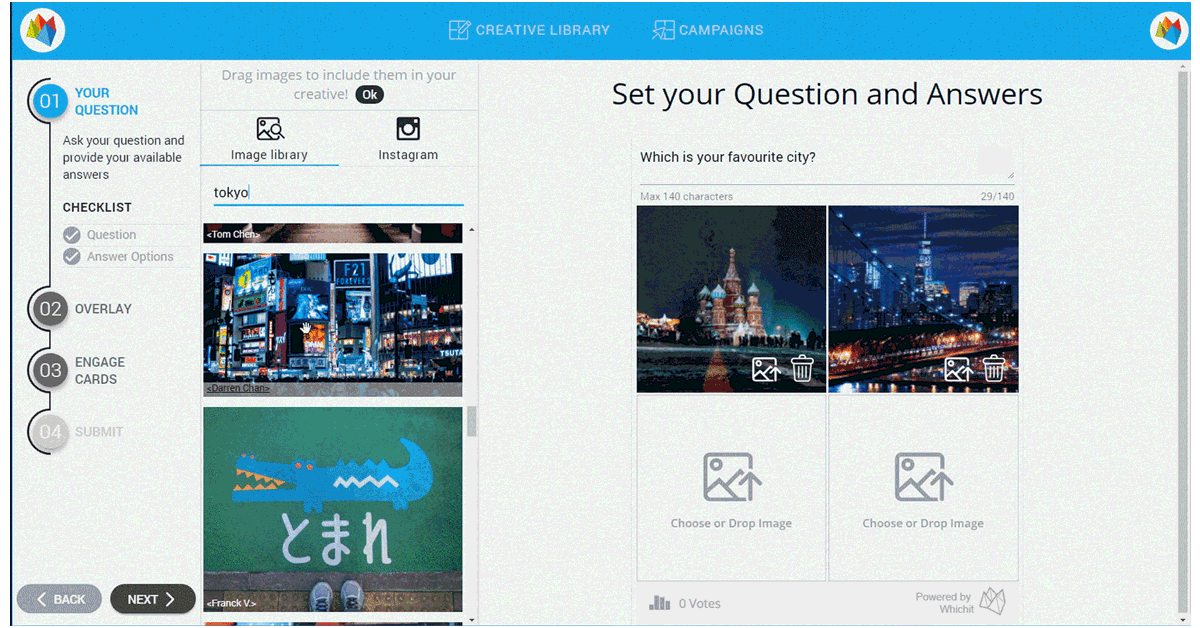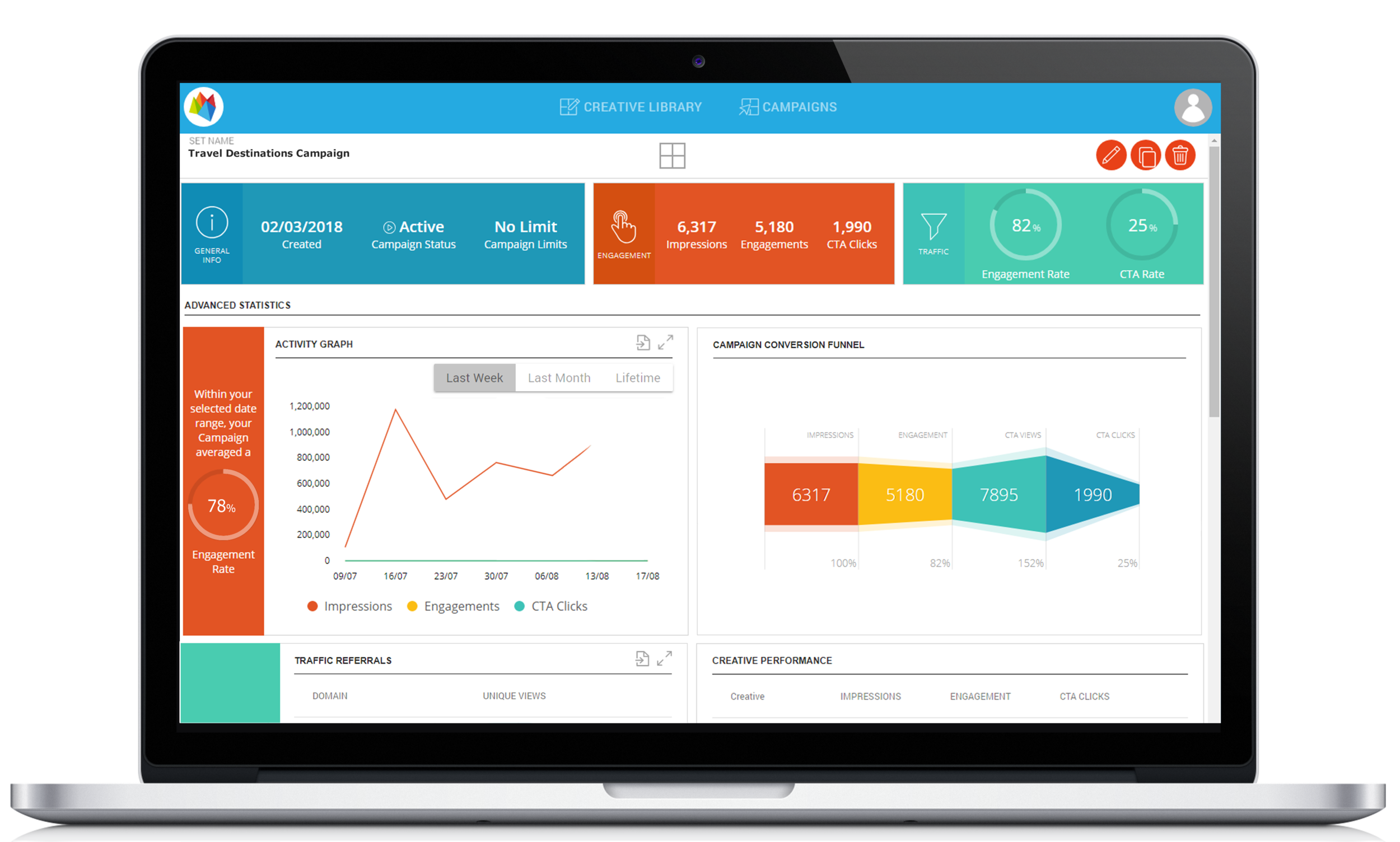Written by: The Whichit Team
We are very proud to announce that Whichit has been shortlisted for the ‘Media & Advertising’ category at SLINGSHOT@SWITCH Startup Challenge 2018, in Singapore.
This competition gives promising startups a platform to showcase their technology and business ideas, gain early exposure to investors, corporates, industry leaders, mentors, media, and tech-savvy early adopters. It takes place during Singapore Week of Innovation & Technology (SWITCH) and is powered by Startup SG, an initiative by government agency Enterprise Singapore, who are also the national standards and accreditation body.
The application process started in July 2018, where all 1,300 applicants went through a rigorous selection process that reduces the participants to 60. This resulted in Whichit being selected to proceed to the next stage.
The event starts on 14th September 2018 with a 3-day workshop before the next round of the competition starts on the 17th for 2 days. This climaxes with the grand final that takes place on 19th September 2018. Prizes include investment grants of up to SGD 200,000, free office space, and fast track entry on to growth and access programs.
Since crossing the Product Market Fit threshold at the end of 2017, Whichit has seen an exponential trajectory of growth focusing on the UK and EU markets that has laid foundations for continual growth. Delivering innovative marketing and advertising solutions to tier-1 brands and advertising agencies, enables them to better engage with their audiences, convert traffic into revenue and gain actionable insights. This competition is a great opportunity to extend Whichit commercial operation into the APAC region, which is a high growth market for the digital eco-system.
In the past few years, Whichit has won several awards. In 2015, the company won The Sirius Programme by the UKTI, Pitch@Palace 4.0 People's Choice Award, and Facebook Startup of the Year EMEA 2015. In 2016, Innovate UK Smart funds TSB Project. The year after, Whichit was included in The Leap 100 2017 List and won two awards by Finances Online, Rising Star and Great User Experience.
In July 2018 the company released a new and improved version of its flagship platform ‘Whichit for Advertisers’, a SaaS platform that caters to the SME and SMB markets. It enables them to seamlessly create interactive commercial content, create and manage commercial campaigns on multiple channels including Google’s Display Network, where Whichit is part of an elite that are 3PAS certified by Google, social networks and programmatically.
Together with Whichit’s innovative and proprietary technology, a machine learning profiles users in real time based on their preferences, offering a more personalised approach to marketing and advertising, positioning itself at the forefront of its field and gaining a key business advantage in the market.
Contact Whichit for more information:
Name: Jonathan Gan
Tel: (UK) +44 7939 84 7711 , (IL) +972 3911 9909 [#1]
Email: gan@whichit.co
Website: https://whichit.co/
















































